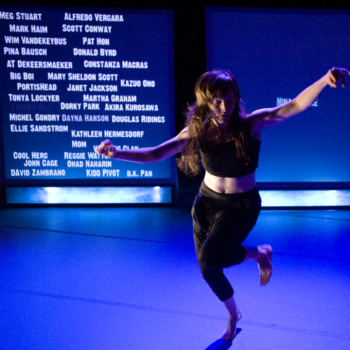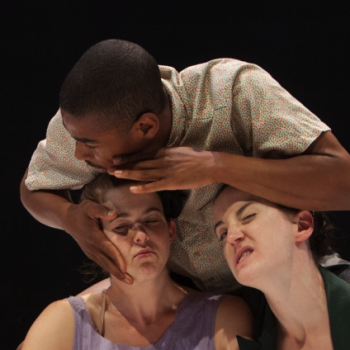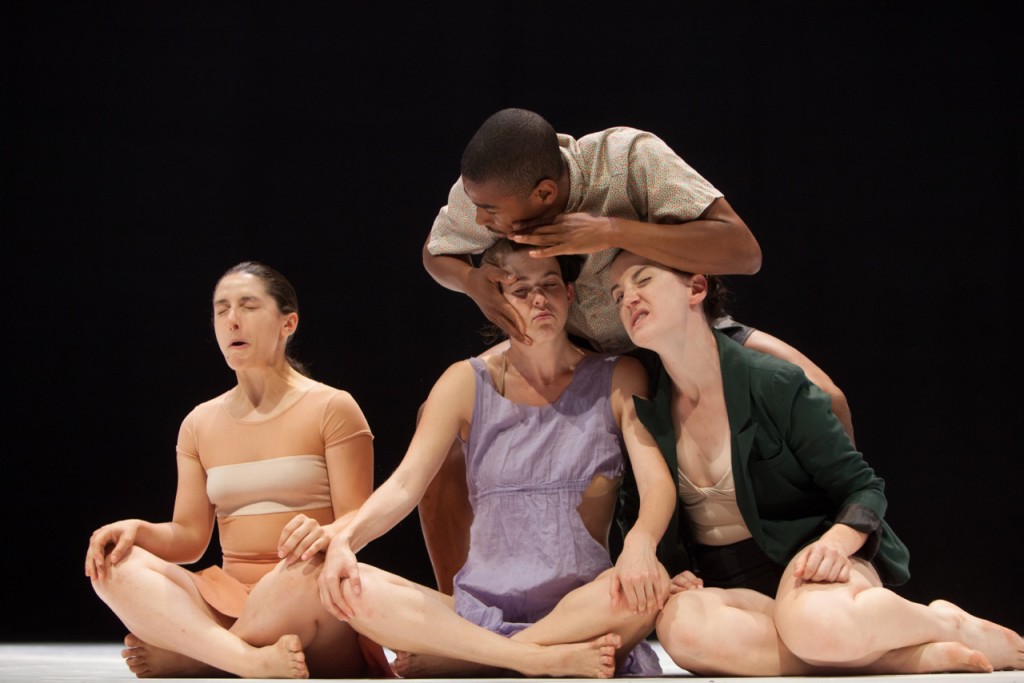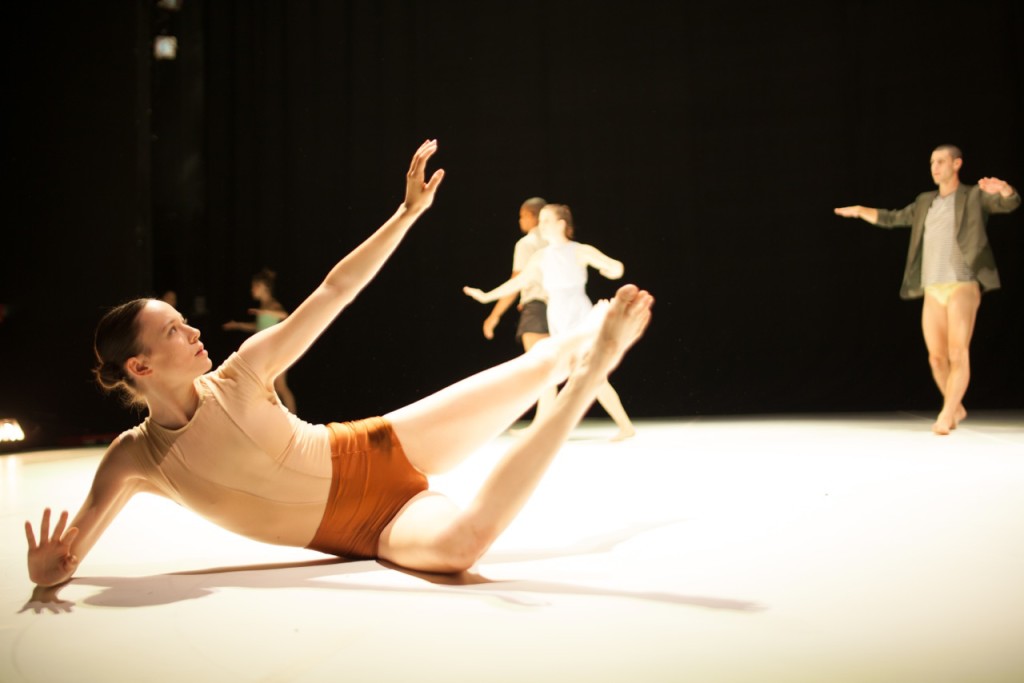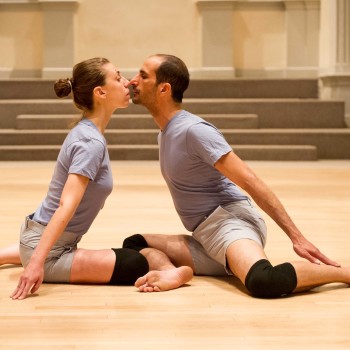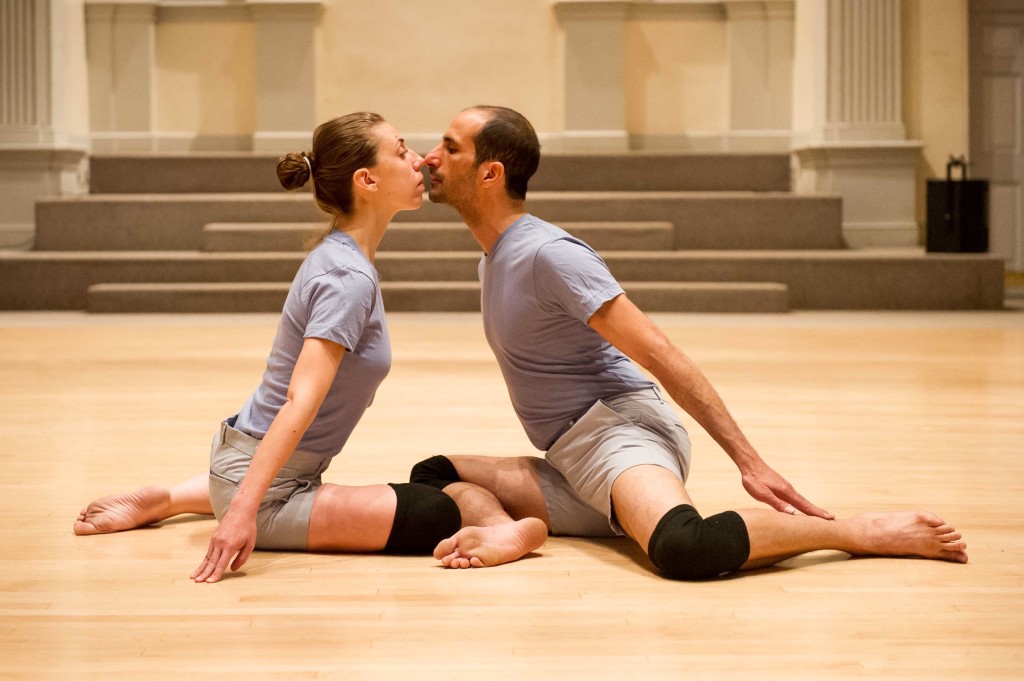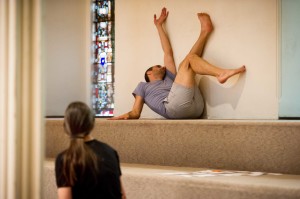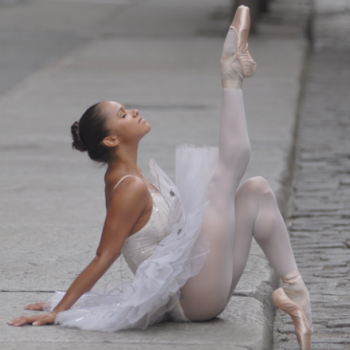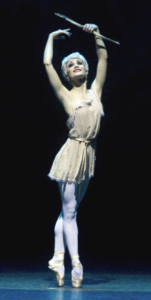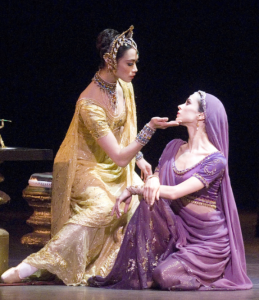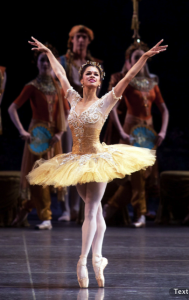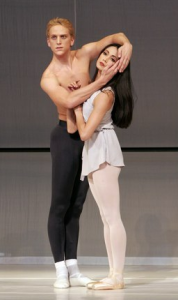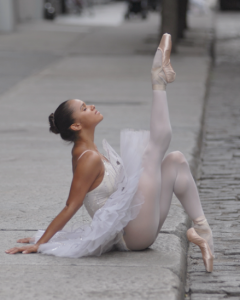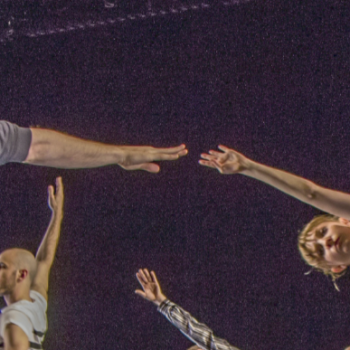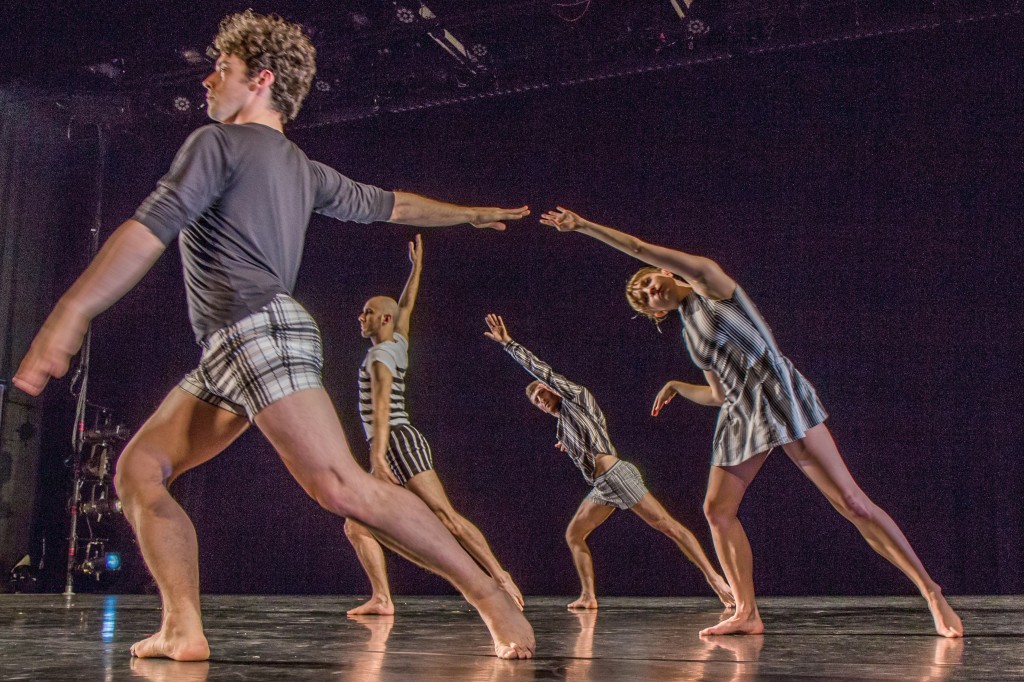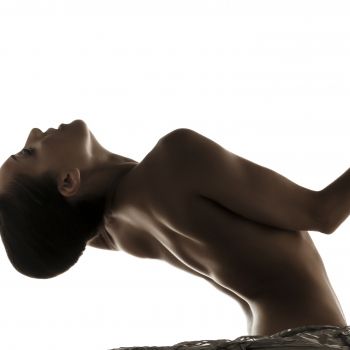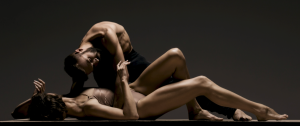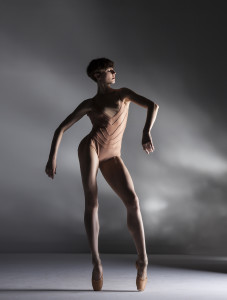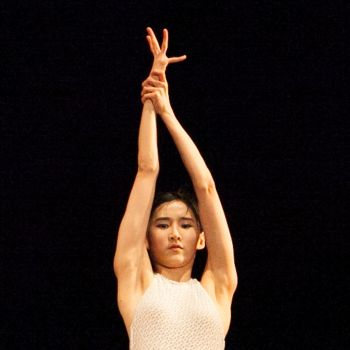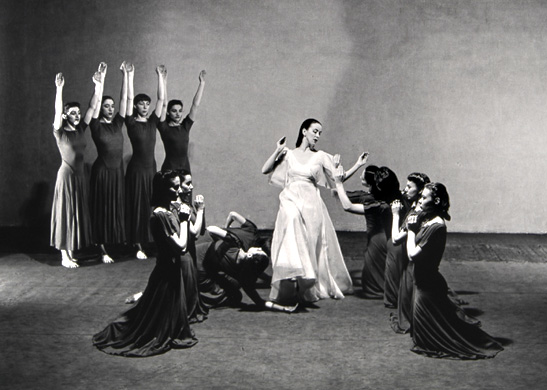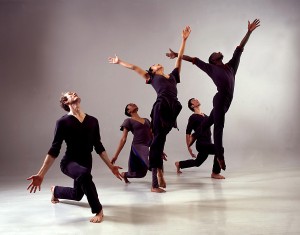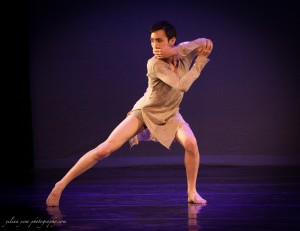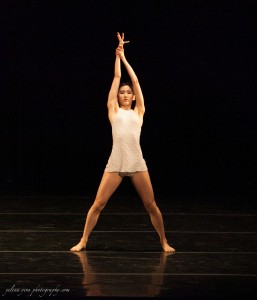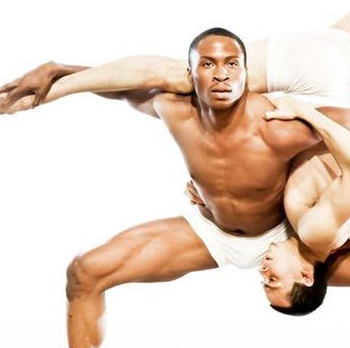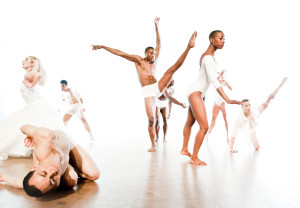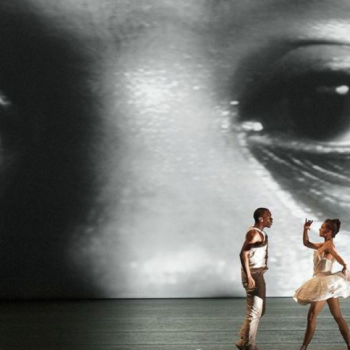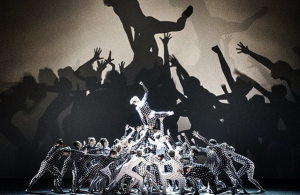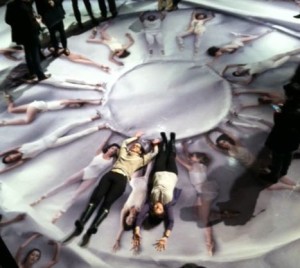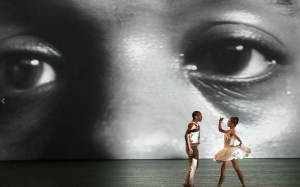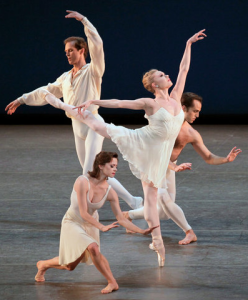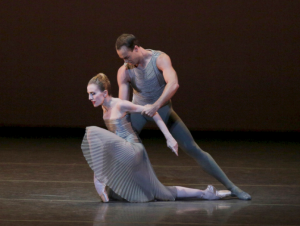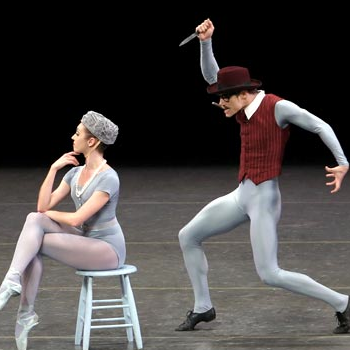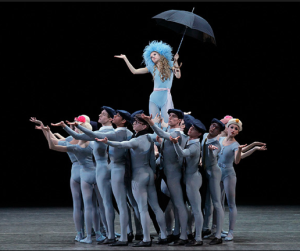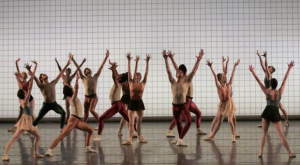When ODC Theater first produced the Walking Distance Dance Festival it brought together some of the gems of Bay Area dance. Now in its third year, it’s reaching farther afield to include artists from New York, Seattle, and Los Angeles as well as a few of San Francisco’s finest. According to SF Weekly, this annual festival provides “an occasion to reconsider the state of contemporary dance.”
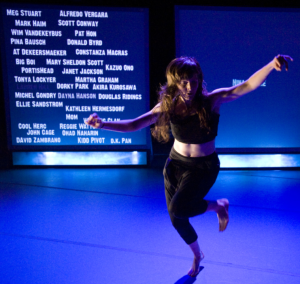
Amy O’Neal’s solo, The Most Innovative, Daring, and Original Piece of Dance/Performance You Will See this Decade, photo by Bruce Clayton Tom
One of the intriguing programs on May 31 will pair Seattle’s congenially defiant, gender-bending Amy O’Neal with New York’s eternally saucy Doug Elkins. They have each created their own mash-up of hip-hop and postmodern dance so they are sort of part of the same sister/brotherhood. (Click on this Choreography in Focus for a video conversation between Amy and me, complete with popping lesson!)
Lucky for me—I will actually be part of this festival on that day. Because I’ll be reading and not dancing, I can attend the events just before and after my 6:00 time slot, which will be a short walk away from ODC Theater and Dance Commons at the Store Front Lab.
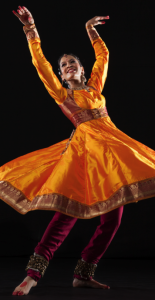
Rachna Nivas of Chitresh Das Dance Company, photo by Margo Moritz
I look forward to seeing the latest incarnation of Charlie Moulton, whom I knew when he was a Cunningham dancer just beginning to choreograph. He’s now half of Garrett + Moulton Productions, and they’ll be paired with the renowned Kathak group, Chitresh Das Dance Company. At some point I’ll head down to the Mission District to see Heidi Duckler’s site-specific Bowling Blues at Mission Bowling Club. I’ve heard about her work but never experienced it.
As the promotional material says, the pairings have been designed to “spark conversation.” And that goes for my reading too. Even though my bit will be toute seule, I definitely intend to trigger conversation—if not full-fledged arguments! But in another way, my reading won’t be alone at all, because I feel embraced by the Bay Area dance community just by being invited to this festival. Plus, my way has been paved by this thoughtful advance story by ODC writer-in-residence Marie Tollon.
The WDDF is actually a two-day festival, May 30 and 31, so check out their website for the full scope.
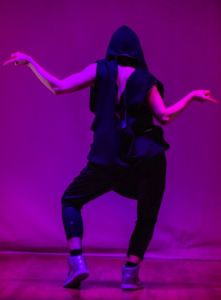
Amy O’Neal in Something light, for the sake of the dark, photo by Tim Summers. Photo of O’Neal on Homepage by Gabriel Bienczycki
Around the Country Uncategorized what to see Leave a comment
